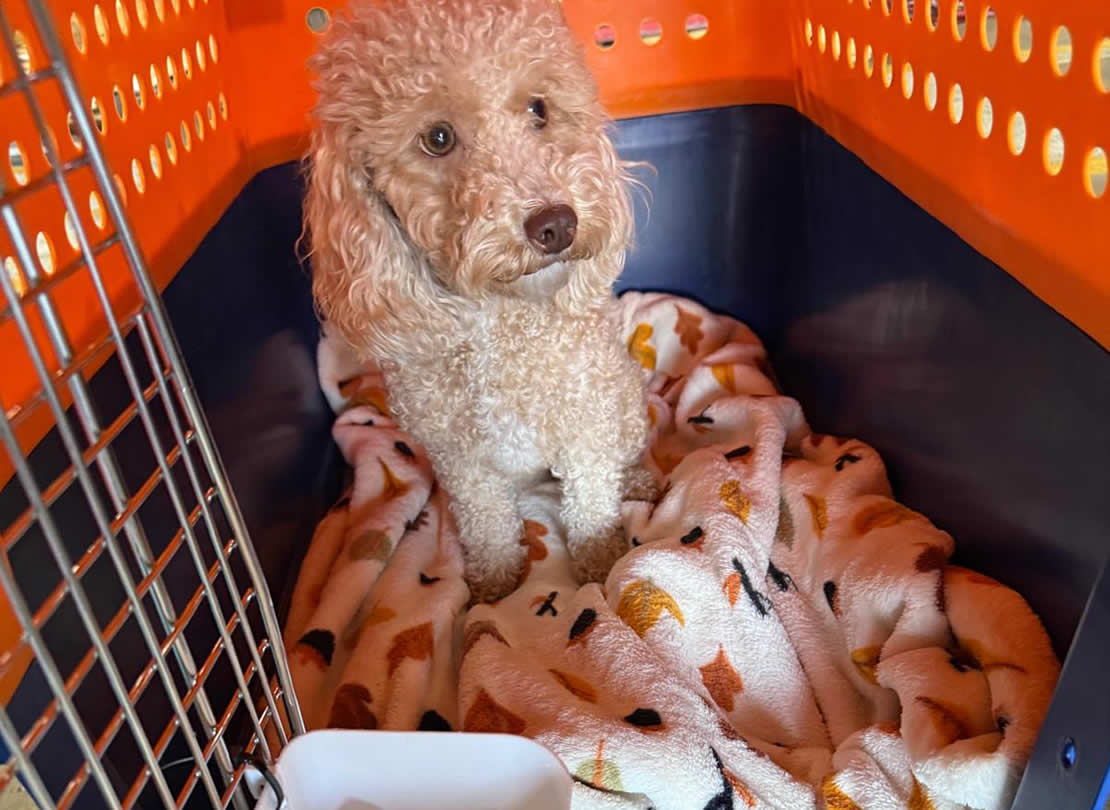The Importance of Crate Training for Safe and Stress-Free Pet Travel
Crate training is one of the most valuable things you can do for your dog — not only at home but also when preparing for travel. Whether you’re planning a road trip across the country or an international relocation, crate training ensures your pet’s safety, comfort, and emotional stability throughout the journey. At Across The Pond Pets, we specialize in guiding pet owners on how to prepare their furry companions for stress-free travel experiences.
Why Crate Training Matters
A crate serves as more than just a containment tool — it’s your dog’s safe space. It helps manage behavior, reduces anxiety, and provides security when you’re away. For travel, it’s absolutely essential. Most airlines and transportation authorities require dogs to be inside an approved crate during the journey. Proper training ensures your pet views the crate as a familiar, comfortable environment rather than a source of stress.
According to the USDA APHIS Pet Travel Program, animals that are accustomed to their crates are less likely to experience travel anxiety or injury during air transport. This preparation is key for both domestic and international trips.
Benefits of Crate Training During Travel
Whether traveling by car or plane, crate training offers several benefits:
- Safety: Prevents your dog from moving freely or distracting you while driving.
- Comfort: Provides a familiar, cozy space that helps your dog relax during long journeys.
- Compliance: Meets airline and safety regulations for airline-approved pet crates.
- Stress Reduction: Reduces anxiety by providing a predictable environment for your pet.
Choosing the Correct Crate Size
Ensuring your pet travels in the correct size crate is critical for both comfort and compliance with airline regulations. A crate that’s too small can cause discomfort or even be rejected by the airline, while one that’s too large may lead to unnecessary movement and risk of injury during transport.
Visit our detailed guide on pet crate measurements for travel to learn how to properly measure your dog and select the ideal crate size for your upcoming trip.

Pet Crate Measurements for Travel

IATA Travel Crate Pet Measurements for Travel
Preparing for Air Travel with a Crate
Air travel can be stressful for pets if not prepared properly. Airlines, following U.S. Department of Transportation animal transport regulations, require dogs to be transported in crates that meet specific International Air Transport Association (IATA) standards.
When booking your flight, check airline policies regarding pets and crate requirements. Across The Pond Pets provides full assistance with these details as part of our international pet shipping services. We ensure your crate complies with IATA and USDA standards and that your pet’s documentation and travel health certificates are in order.
Step-by-Step: How to Crate Train Your Dog
- Step 1: Choose the Right Crate
Select a crate large enough for your pet to stand, turn, and lie down comfortably, but not too large. Plastic and wire crates with proper ventilation are ideal for most travel. Refer to our Crate Guidelines page for sizing help. - Step 2: Introduce the Crate Gradually
Encourage your dog to explore the crate voluntarily. Place treats, toys, or bedding inside to create positive associations. Feed your pet inside the crate to make it feel familiar and safe. - Step 3: Build Positive Association
Never use the crate for punishment. Instead, reward calm behavior with praise and treats when your dog enters or stays inside the crate. - Step 4: Increase Crate Time Slowly
Start with short sessions of 5–10 minutes, then gradually extend to longer periods. You can leave the room briefly to help your dog adjust to being alone in the crate. - Step 5: Practice Car Rides
Once your pet is comfortable inside, take short car trips with the crate to simulate travel conditions. This step helps reduce motion anxiety and prepares your dog for longer journeys. - Step 6: Prepare for Travel Day
On the day of travel, ensure your pet has eaten lightly, had time for exercise, and has access to water. For additional guidance, review our Pet Departure Checklist to make sure all travel essentials are covered.
Health, Safety & Legal Considerations
Before any travel, your pet must have updated vaccinations, a health certificate from a licensed veterinarian, and microchip identification. Refer to the CDC’s guidelines on bringing animals into the U.S. for updated regulations.
Across The Pond Pets assists clients with the entire process, from crate selection to international documentation. Learn more about our pet travel services to ensure your move is fully compliant with airline and government requirements.
Creating a Positive Crate Experience
Consistency and patience are key. The goal is to help your dog associate the crate with relaxation and comfort. Keep training sessions short and positive, never forcing your pet inside. Over time, the crate becomes your pet’s personal space — a place of safety and calm, whether at home or thousands of miles away.
Final Thoughts
Crate training is an invaluable step in preparing your pet for safe, stress-free travel. With proper training, the right crate, and professional guidance, your dog can travel comfortably and confidently — whether across the state or across the world. At Across The Pond Pets, our experienced team of pet relocation experts is here to help every step of the way.
Ready to begin? Learn more about our international pet shipping and pet travel services or contact us for personalized assistance with crate training and travel planning.


